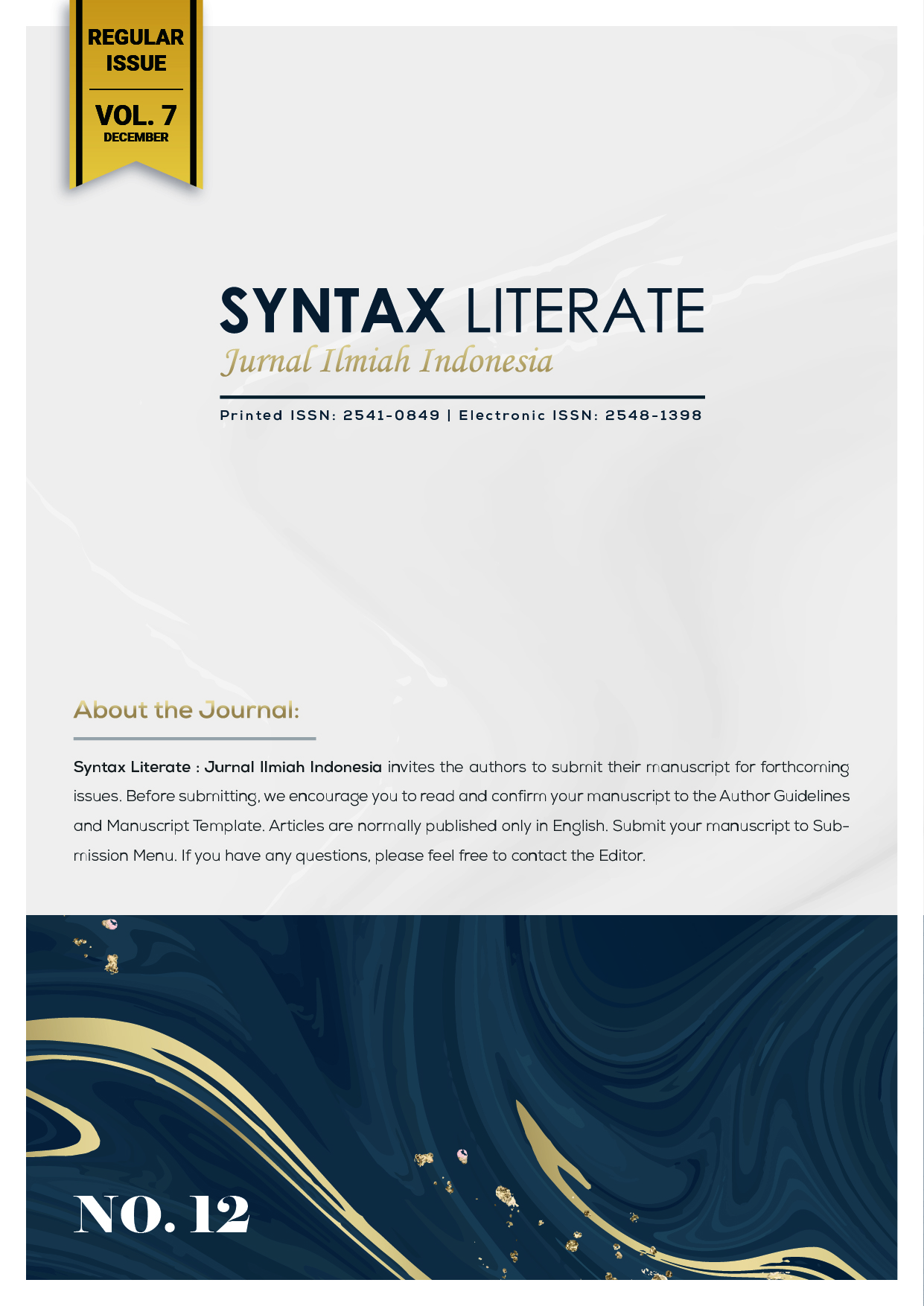The Effect of Sediment Transport For Flood Discharge Prediction Based on Awlr and River Bathymetry
Abstract
Rivers have very important benefits for the survival of the community. However, rivers can also cause problems if not managed properly, especially can cause flooding or sedimentation, one of which is the Sayung River. The Sayung River is a downstream river that empties into the north coast where sedimentation naturally occurs so that in a building plan or flood runoff on the Sayung River it is necessary to consider aspects of the planned flood discharge and sedimentation that occurs because it is something that cannot be separated. If the capacity of the river channel is not able to accommodate the flood discharge so the flood overflow causes disasters for the community. On this basis, the researchers developed a flood and sediment analysis in one frame using a quasi-unsteady flow hecras application by modifying the upstream boundary value, namely daily data for 8 years (AWLR data) to see sedimentation for 8 years and the 8th year given a bankful discharge and planned floods Q2, Q25, Q50 to determine the cross-sectional capacity of the Sayung River after sedimentation occurs, then at the downstream boundary in the form of tidal data (MSL:+ 1.30 m) because it empties into the sea. The analysis was carried out 4 times with an upstream limit of 1. use the data as is (validated with rainfall data by the sacramento method) and bankful discharge (+ 57.18 m3/s) in the 8th year, the sedimentation was + 378.977 m3and there is no embankment runoff. 2, use the baseflow and discharge data for Q2 (± 63.22 m3/s) in the 8th year, it is found that sedimentation of + 360.117 m3does not occur embankment runoff. 3, use baseflow and design flood discharge data for Q25 (+ 120.53 m3/s) there is embankment runoff at station + 5100 (upstream) with runoff height 8cm.4, use baseflow data and planned flood discharge Q50 (+141.31 m3/s) there was embankment runoff at station +5100 with a runoff height of + 25cm.
Downloads
References
How to Calculate Flood Discharge with Synthetic Unit Hydrograph Method, Bandung. Google Scholar
General Procedure for Calculation of Synthetic Unit Hydrographs by the ITB Method, Bandung. Google Scholar
Course materials for River Engineering and Flood Control, Bandung. Google Scholar
Least Square Method for Analysis of Tidal Harmonic Constants on Gili Raja Island, Sumenep Madura Regency, UGM. Google Scholar
Open-Channel Hydraulics, New York: McGraw-Hill Book Company. Google Scholar
Gibson S, et. al., 2020,. Sediment Transport User's Manual Version 6.0, California, USACE. Google Scholar
Applied River Morphology , Amsterdam, Wildand hydrology. Google Scholar
Setiawan,B.,Soeharno,A.W.H.,Nugroho,E.O., Hassan, C., 2022, Sedimentation Study In the batu Merah (Check Dam Rinjani) Ambon City, Bandung.
Flood Control and ROB Project Planning Documents Semarang - Demak, Semarang.
Gate operational standards BKT river Documents, Semarang.
Semarang-Demak Toll Road Integrated with Sea Dike Project (Semarang-Sayung Section), Semarang. Google Scholar
PUPR, 2017, Technical Instructions for Calculation of Flood Discharge in Dams. Jakarta. Google Scholar
Investigation Survey and design optimization of the Pucang Gading weir, Bandung. Google Scholar
Procedure for Calculation of Planned Flood Discharge, 2016 (ARF). Google Scholar
Flood control method module, flood control training. Google Scholar
Copyright (c) 2022 Angga Yoga Pranatan

This work is licensed under a Creative Commons Attribution-ShareAlike 4.0 International License.











